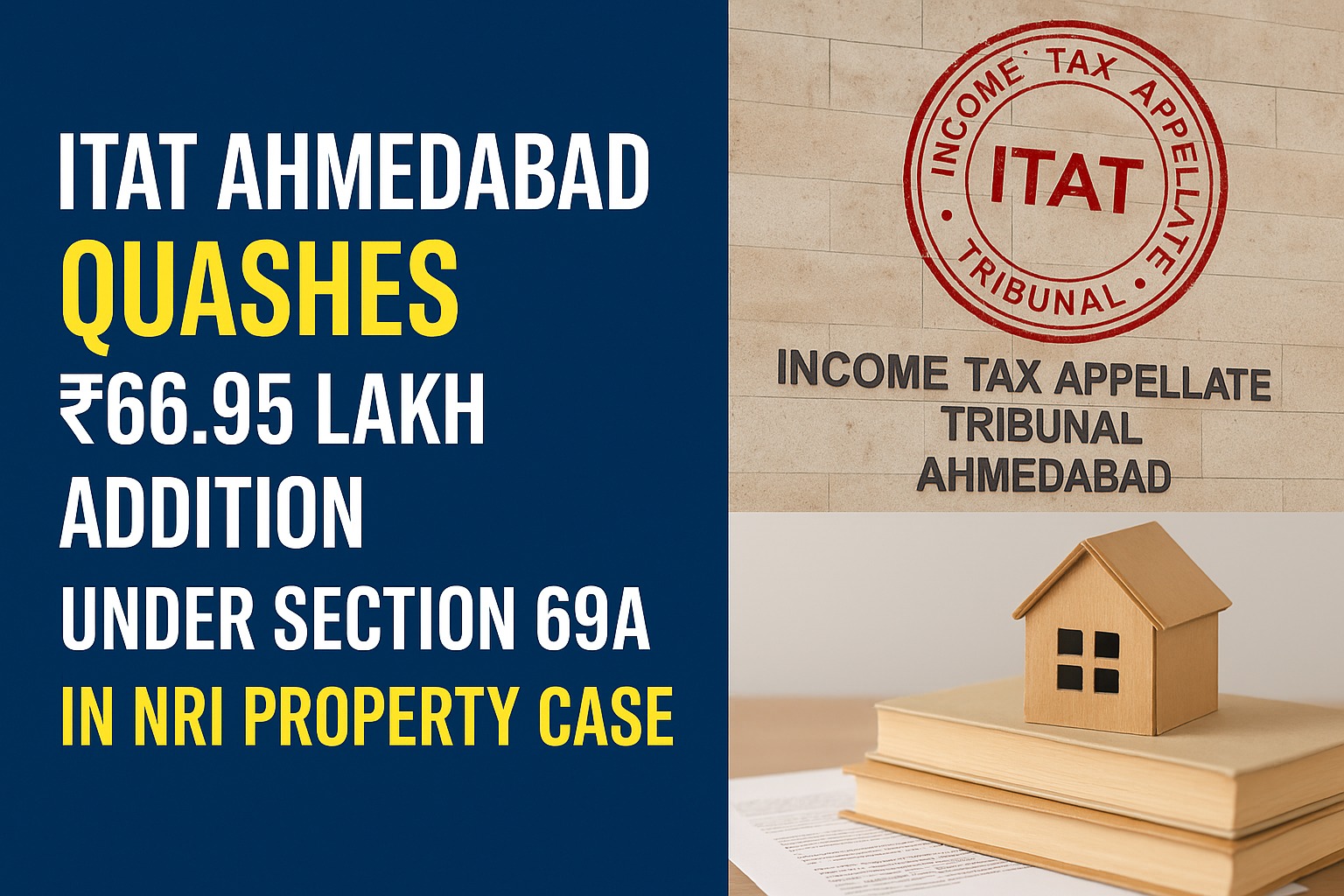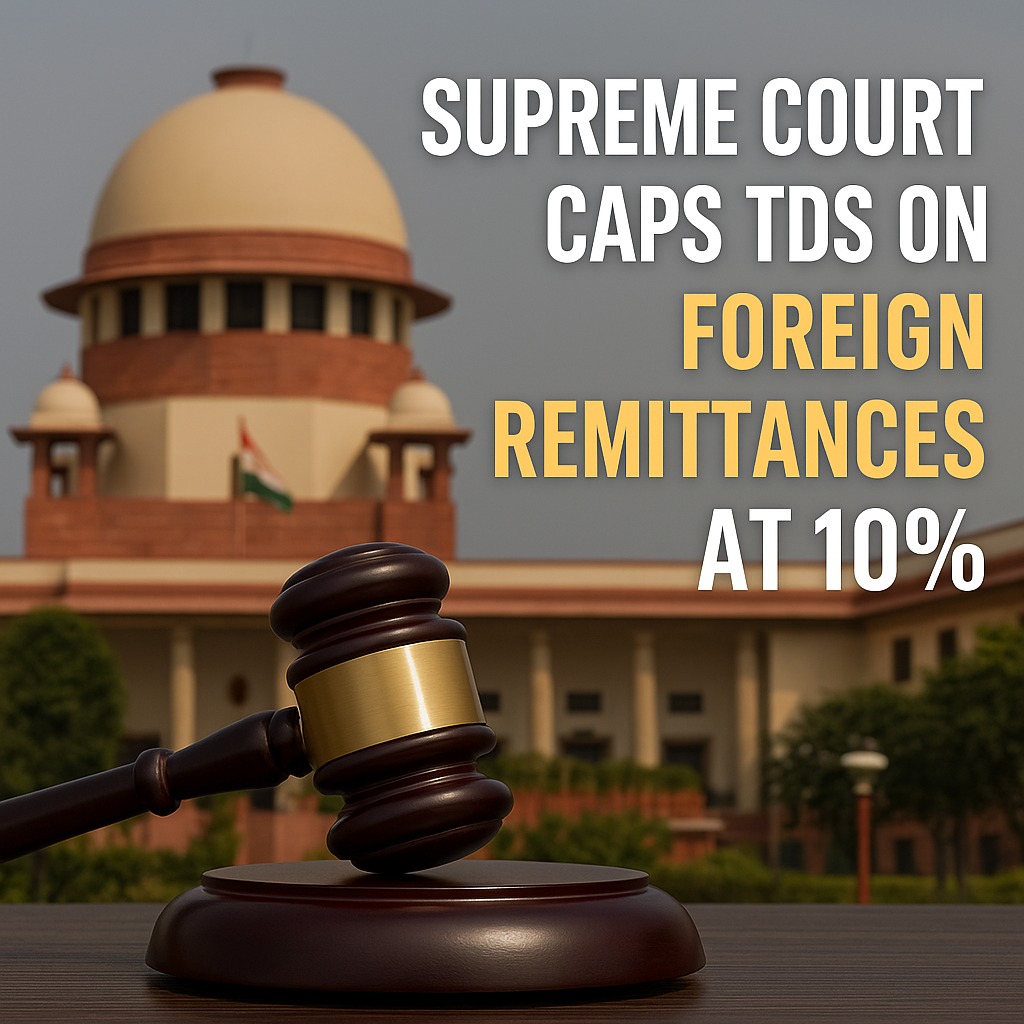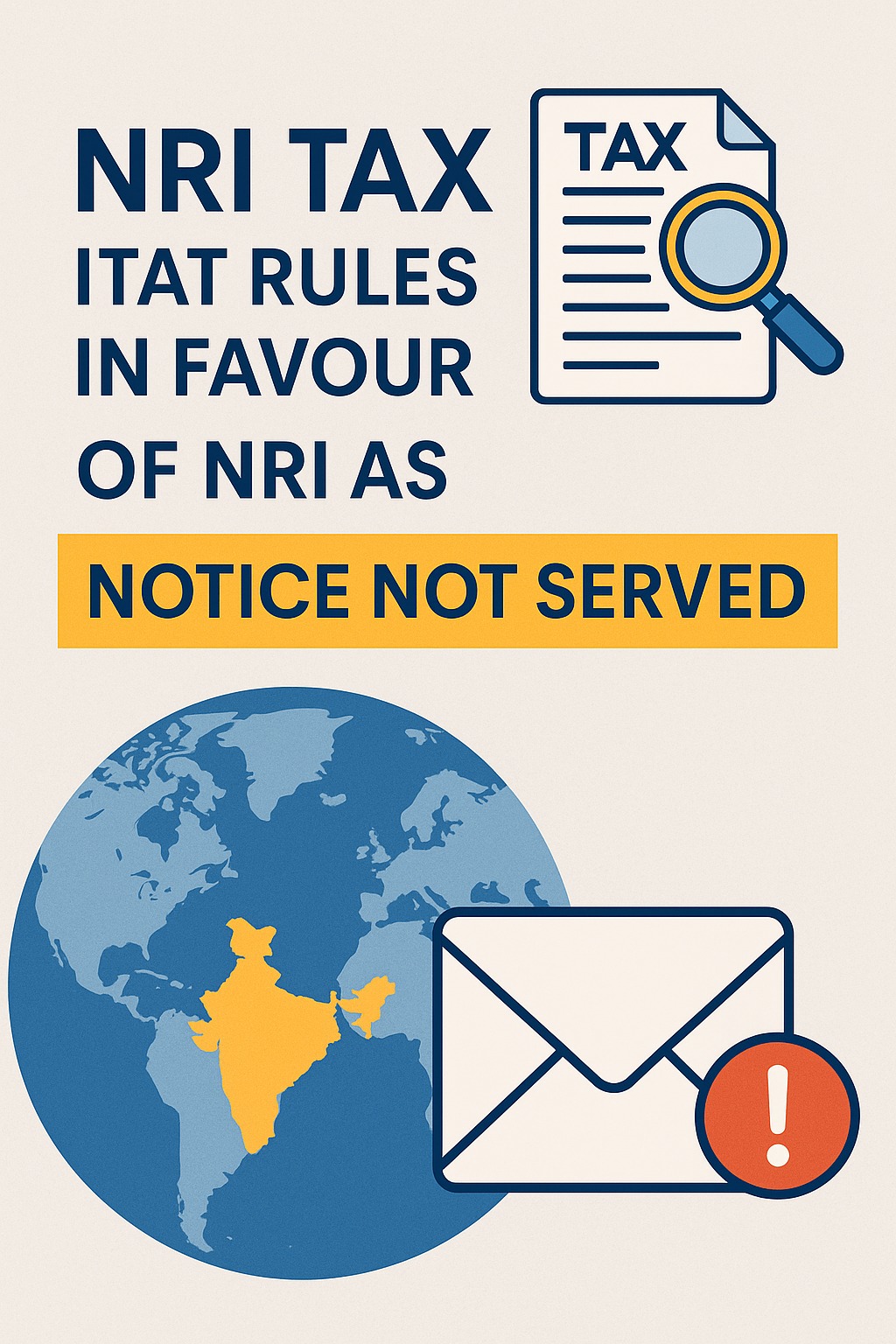 WhatsApp
WhatsApp
 Call Us
Call Us
 Email Us
Email Us
 Whatsapp Community
Whatsapp Community

With the rise in global investing, many Indian-origin individuals have built significant exposure to US markets via platforms like Interactive Brokers, TD Ameritrade, and Charles Schwab. A common question arises when such investors permanently return to India:
Can they continue trading in US Futures & Options (F&O) after becoming Indian residents?
This blog addresses that very concern — breaking down the regulatory framework under FEMA, Indian tax law, and US tax rules. Specifically curated for Indian citizens returning from the US, this article provides clarity on continuing with US derivative trades while remaining compliant.
As per the Foreign Exchange Management Act, 1999 (FEMA), once an individual qualifies as a “resident in India” [Section 2(v)], any dealings in foreign assets are subject to FEMA regulations.
Fortunately, Section 6(4) of FEMA offers relief. It permits Indian residents to retain and manage assets acquired while they were non-residents:
"A person resident in India may hold, own, transfer or invest in foreign currency, foreign security or any immovable property situated outside India if such currency, security or property was acquired when he was resident outside India."
While traditional “foreign securities” are covered, the inclusion of “any other instrument denominated or expressed in foreign currency” hints that Futures & Options contracts may fall under this provision. However, the lack of explicit RBI recognition keeps some grey area alive.
What’s not allowed: Sending money from India for new derivative trades post-return. This violates FEMA and LRS provisions.
Notably, RBI's FAQ on the Liberalised Remittance Scheme (LRS) clearly states:
“Remittance under the Scheme is not available for margin trading or derivative transactions.”
So, once you are a FEMA resident, refrain from sending Indian funds to top up or margin your US brokerage account. Continue trades only using existing offshore balances.
A. During US Tax Residency
When you were a US tax resident (green card holder or substantial presence), derivative trades were taxed under:
Section 1256 offers favorable 60/40 capital gains treatment — 60% long-term and 40% short-term, regardless of holding period. It also mandates year-end mark-to-market reporting.
B. After Becoming a Non-Resident Alien (NRA)
Post-return, your US tax status becomes Non-Resident Alien (NRA). In this phase, the US only taxes:
As per IRC Section 864(b)(2)(A)(ii) and Revenue Ruling 88-3, trading securities or derivatives on personal account does not constitute a US trade/business. Therefore, in most cases:
Exceptions:
Action Point: Submit Form W-8BEN to your US broker post-return. This ensures you’re treated as a non-resident for tax purposes, helping avoid incorrect withholding.
Once you qualify as a resident under Indian tax law (Section 6, Income-tax Act, 1961), your global income becomes taxable in India — including your US F&O gains.
A. Business Income vs. Capital Gains
Your F&O gains must be classified correctly. The classification depends on:
ICAI’s Guidance Note and various court rulings like CIT v. P.K.N. and Co Ltd, G. Venkataswami Naidu & Co. support that facts determine whether the trades are business income or capital gains.
CBDT Circulars 4/2007 and 6/2016 permit taxpayers to choose their classification — but expect consistency year after year.
B. If Considered as Business Income
Are US F&O Speculative or Non-Speculative?
Under Section 43(5) of the Income-tax Act:
Since US exchanges are not recognised in India, such F&O trades often fall under speculative income.
Compliance Requirements:
C. If Considered as Capital Gains
If your trading activity qualifies as investment:
No GST or tax audit required
During the RNOR (Resident but Not Ordinarily Resident) phase, some passive foreign income may not be taxed. But if trades show high frequency or business intent, Indian authorities may apply regular tax rules.
Trading in US Futures & Options after returning to India is permissible for an NRI returning to India, provided you::
Given the cross-border complexity, it’s wise to consult experts — especially in high-value or frequent trading cases.







Stay in the loop, subscribe to our newsletter and unlock a world of exclusive updates, insights, and offers delivered straight to your inbox.